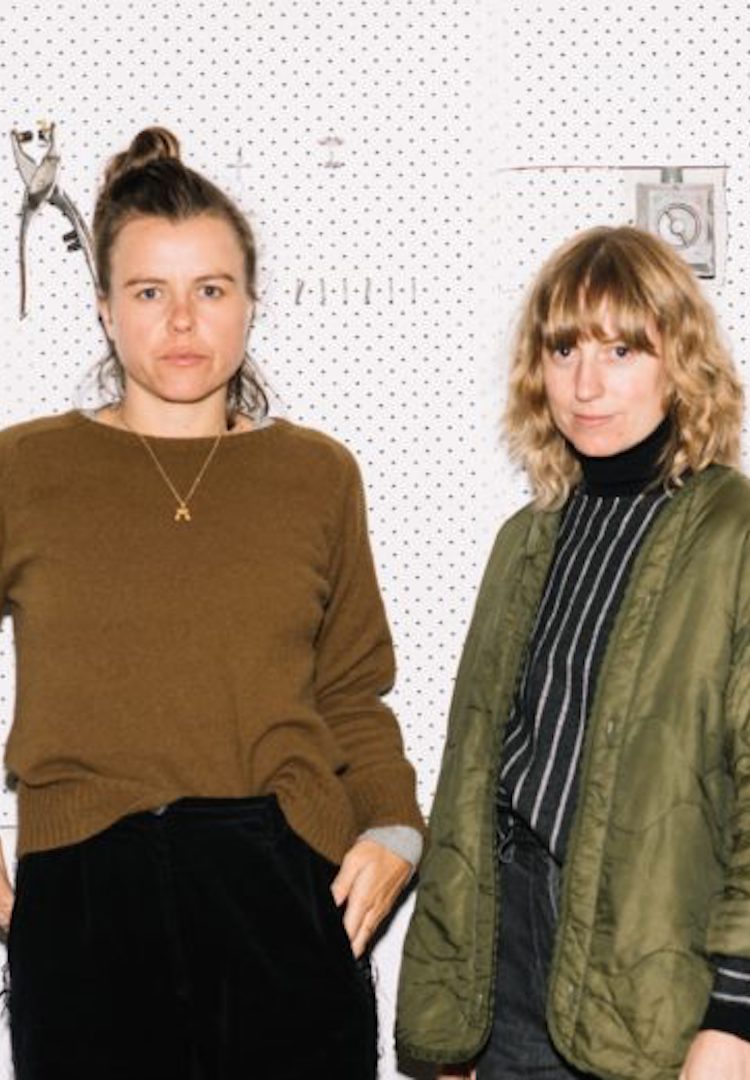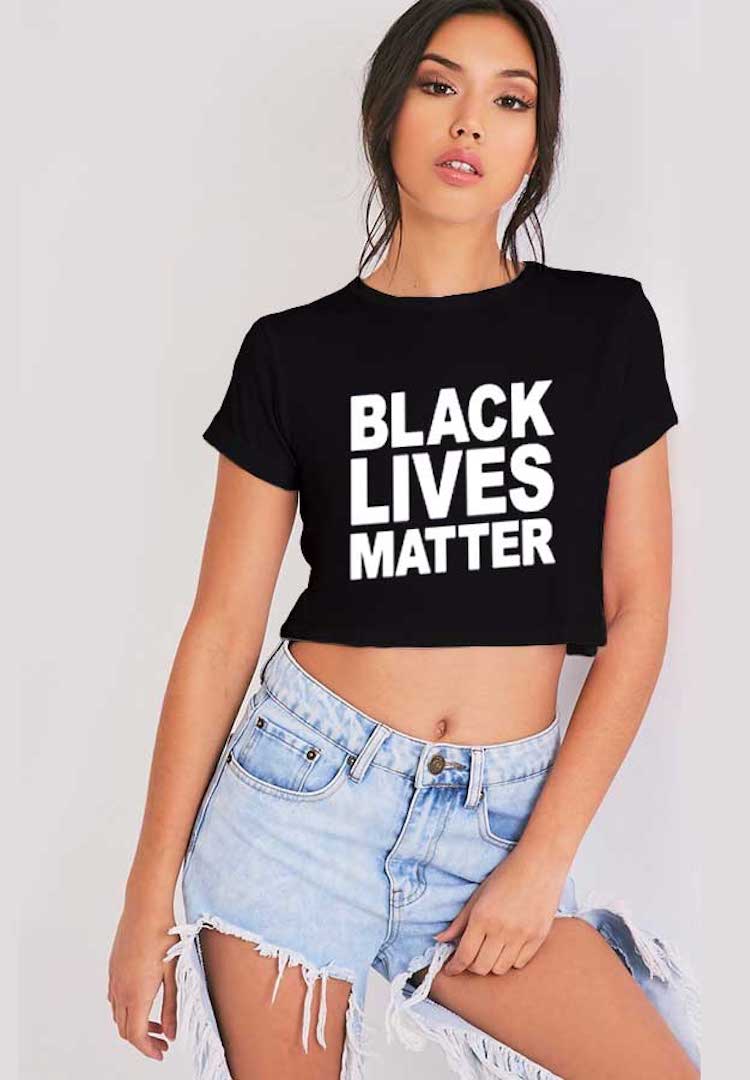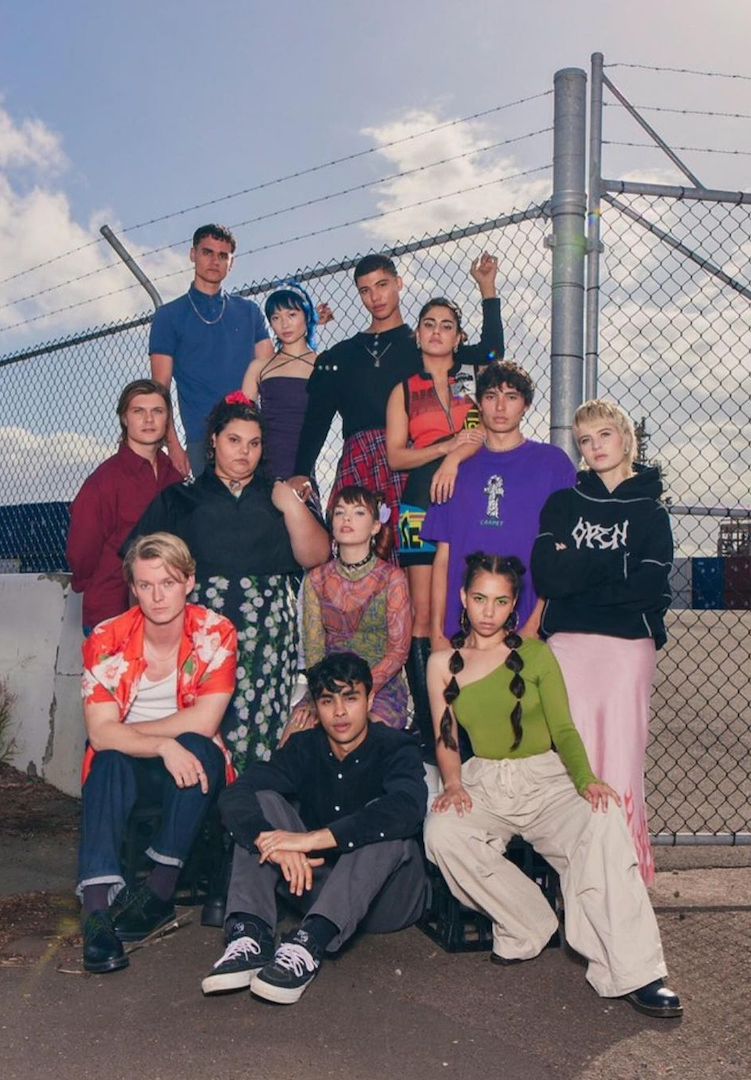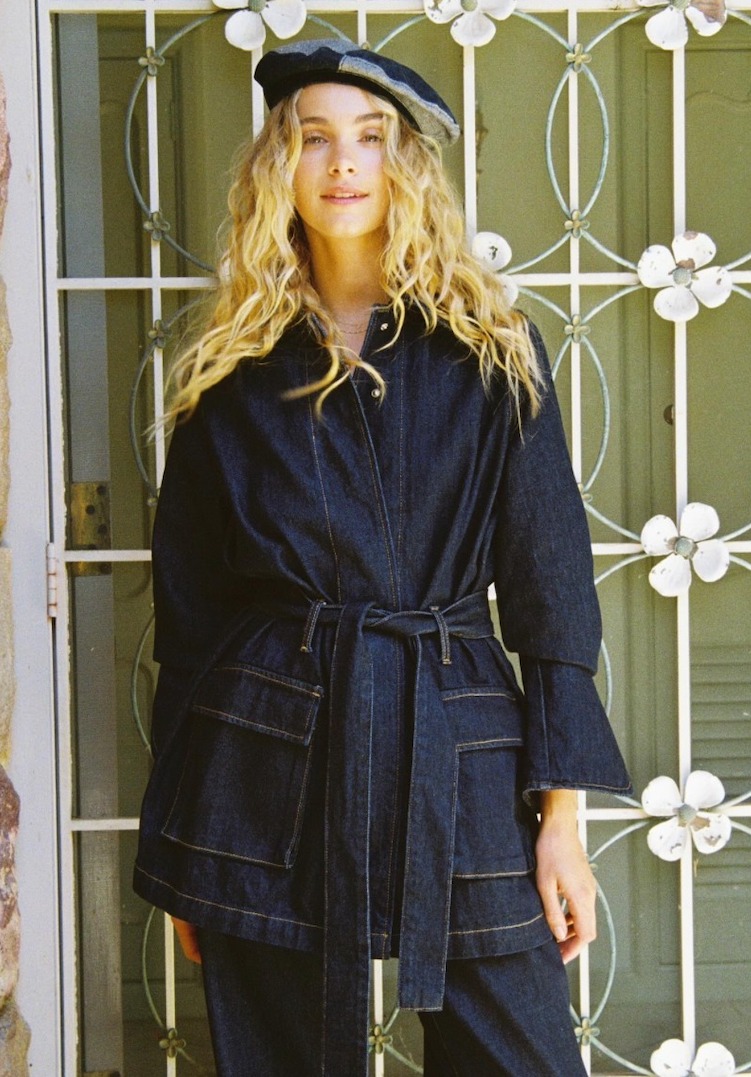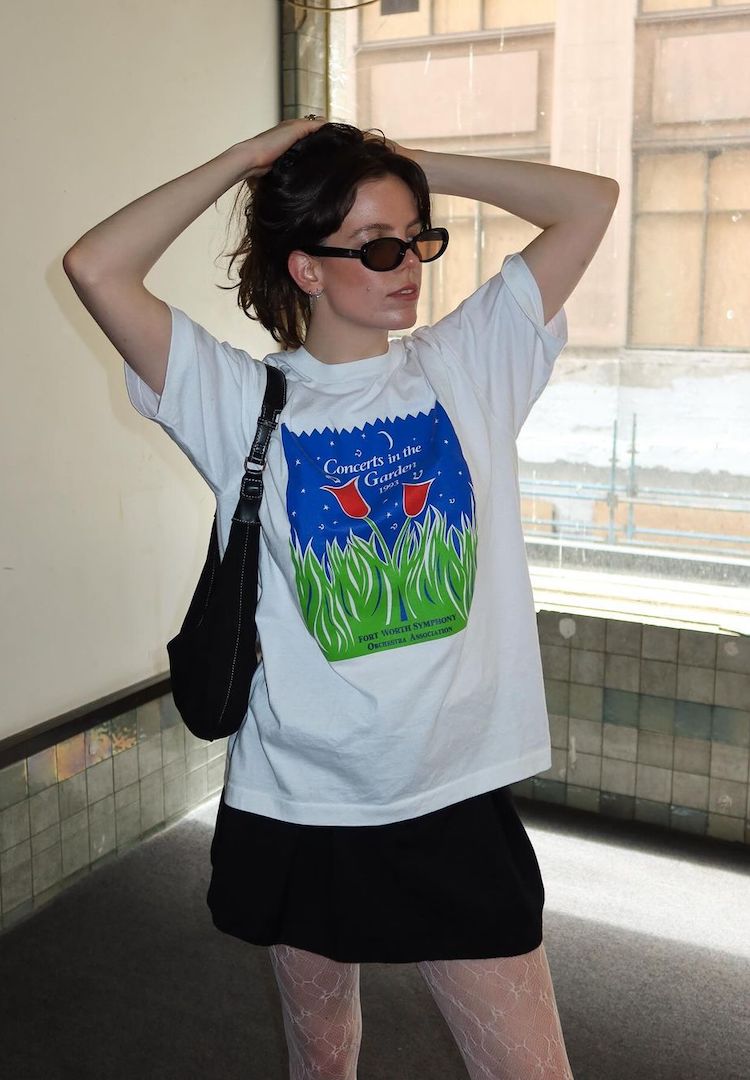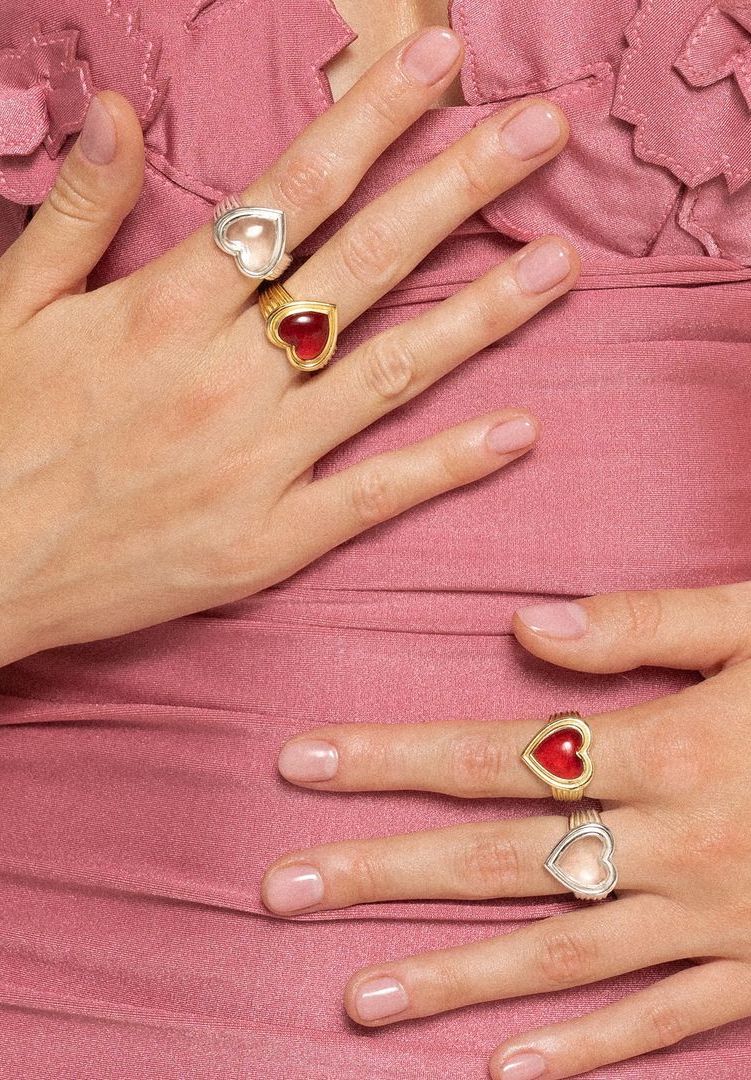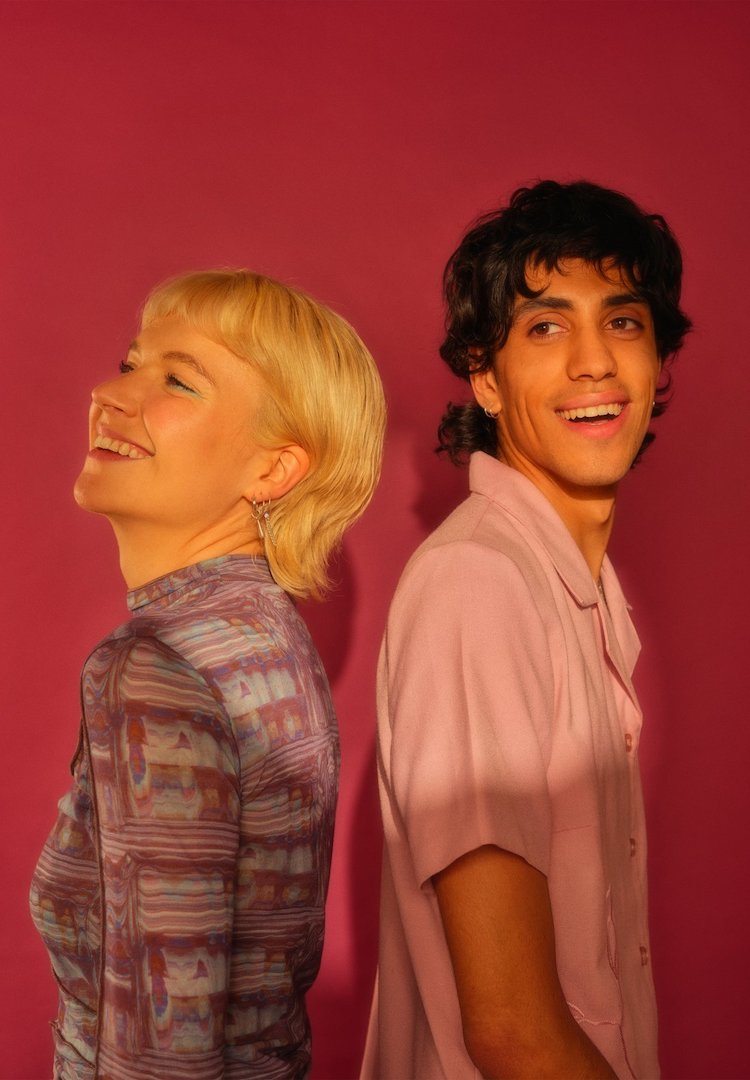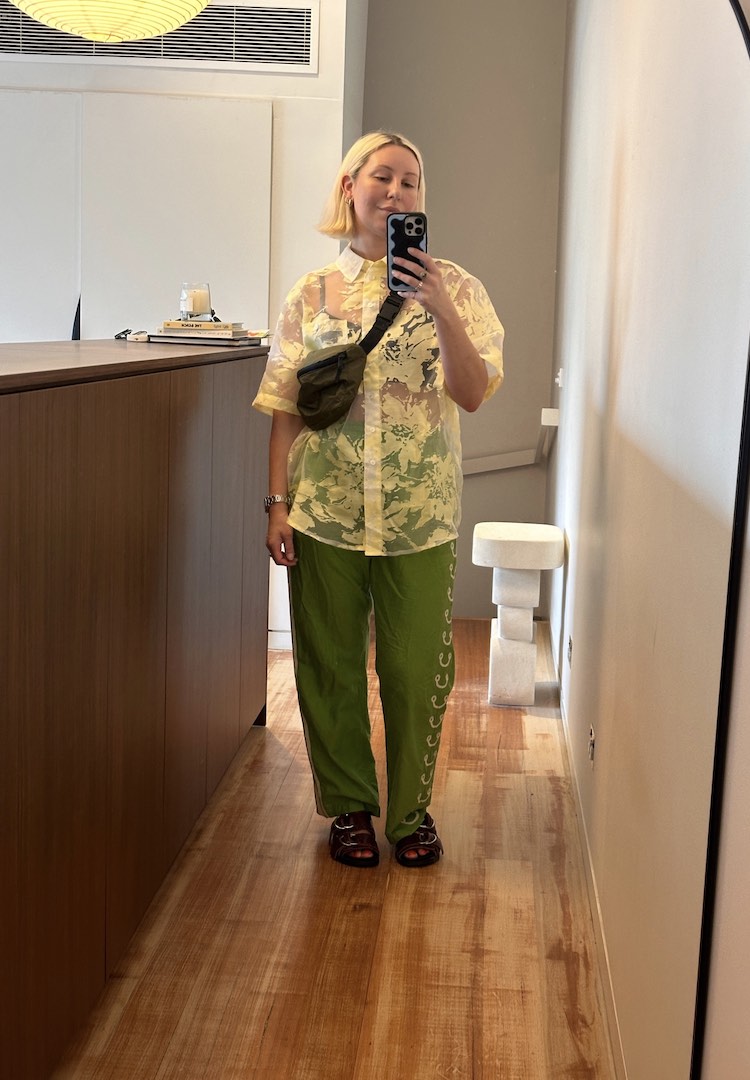6 designers predict the future of sustainable Australian fashion
IMAGE VIA POST SOLE STUDIO
WORDS BY CAIT EMMA BURKE
Five Australian labels on where they see the local fashion industry going.
The fashion industry has had a rough time lately. The impacts of the pandemic have been far-reaching, disrupting supply chains and causing many labels to completely overhaul their processes and production schedules.
In general, there seems to be a focus on slowing down; high fashion brands like Gucci and Dries Van Noten are reflecting on the role they play in the endless cycle of consumption, and initiatives like Rewiring Fashion have been launched, focussing on resetting the fashion calendar and putting an end to discount culture.
In light of all this, many labels are finally adopting more sustainable practices. But what about local Australian fashion labels who were already practising sustainability prior to this crisis? Curious to know where they see the future of Australian fashion and what that means for their businesses, I asked six of our favourite labels.
FME Apparel

“We like to think on a community level, our hope for the industry is that excitement grows for understanding where the clothing you buy is coming from. FME believes in quality and sustainability, for us this means garments that you will cherish year after year. Our goal is to always maintain integrity, for us, this means high-quality fabrics, care, transparency, lots of love and endless tweaks until we get something just right. The future is mixed when it comes to local brands.
“It can be incredibly challenging for local fashion brands to maintain integrity, the outside pressure of fast fashion versus the pure time and effort that goes into every single garment means it is an uphill battle. We would love to see government grants for local labels, [as] the ability to operate on a smaller scale is fading, the support of our customers and their loyalty means the world to us and others like us, but in order for the Australian industry to really thrive more support is needed on a federal level.”
Hew Clothing

“The fashion industry has been in overdrive for too long. We have been operating at an unsustainable pace and this shutdown has provided a great opportunity to revisit our values. With less travelling and purchasing, and a growing awareness of the ethical and environmental cost of production, we’ve already seen a dramatic shift in consumer behaviour. Fashion seasons are blending together and trends are starting to dictate the market less.
“The explosion of social media influencer trends is becoming diluted and unpredictable. Genderless fashion has been on the rise for some time but I believe we will see this expand even more with men exploring dress silhouettes. There will be a shift towards more sustainable fabrics too, cheap polyesters are already a relic of the past and new innovations in the textile industry will usher in the rise of sustainable bio fabrics such as pineapple leaf, mycelium and more as they’re developed.
“The Australian fashion industry has a long way to go with the treatment of people working in the garment supply chain. Most garment workers are not paid a livable wage in manufacturing countries such as Bangladesh and China. This pandemic has further shown how exposed garment workers are at the bottom of the supply chain. They lack job security and welfare which needs to change. All workers deserve a safe and secure working environment and it is brands’ responsibility to facilitate it. The pandemic has caused a disruption in global supply chains and transportation networks, which has created an increased demand for locally made products.
“If all we support are the large corporations then that’s all that will be left. Australia has a wealth of choice and diversity when it comes to purchasing products, but if consumers don’t shop locally and support these innovative businesses with their purchasing power, they will disappear. In a future when the industry is changing so quickly, there is a huge advantage to being a small business. You can be more agile and adaptive. During times of crisis, small businesses can come out on top because they can adapt quickly, but they still need consumer support to thrive.”
Holly Ryan
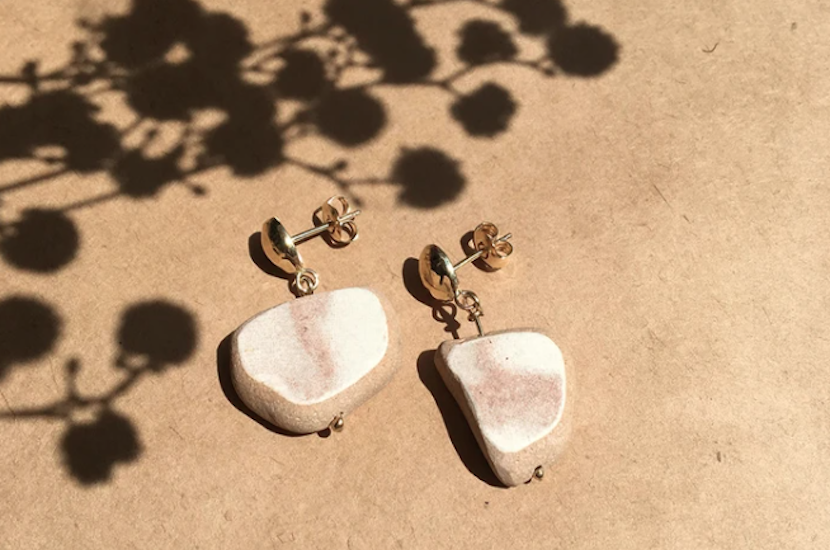
“I think the future of Australian fashion looks bright. The past few months have definitely prompted brands and customers to rethink their priorities – which is good news when it comes to sustainability. At Holly Ryan, we have always focused on timeless design and sustainable practices within the studio and, although these topics have been gaining traction over recent years, the industry still has a long way to go, before fashion can be truly responsible. As a society, we need to move beyond just talking about these issues and start actually putting our money where our mouths are. I think we will see more of this in the coming year or so.
“The recent bushfire and healthcare crises that we’ve been dealing with in Australia could prove to be an important turning point here. Already, people seem more motivated to support local fashion designers and to ask questions about how their products are made. This is good news for the small, responsible independents that have the resources to pull through such a tumultuous time. But it will require some of the bigger brands to rethink their supply chains in order to survive and to double down on a sustainability strategy for the next five years and beyond.
“In fifteen years’ time, I think fashion will still be an important part of our culture because it is and always has been a vehicle for self-expression. But I do see fashion looking quite different in the future. I hope that we will ultimately start moving away from fast trends and start prioritising season-less fashion that is made responsibly and is built to last.”
Nagnata

“Whilst it’s an extremely challenging time for brands, our systems need to be challenged. The fashion industry at large was operating on models of excess, and now brands and companies are being forced to review their production timelines, order quantities and delivery schedules because no one can afford to overproduce in this climate. This will definitely influence the seasons to come. I believe post-COVID-19 brands will be thinking twice before designing for the sake of having something new to show or [to] promote on social media. This has been the overriding influence of fast fashion, and consumers are starting to see past this and appreciate quality and a brand’s story over constant newness.”
Ngali
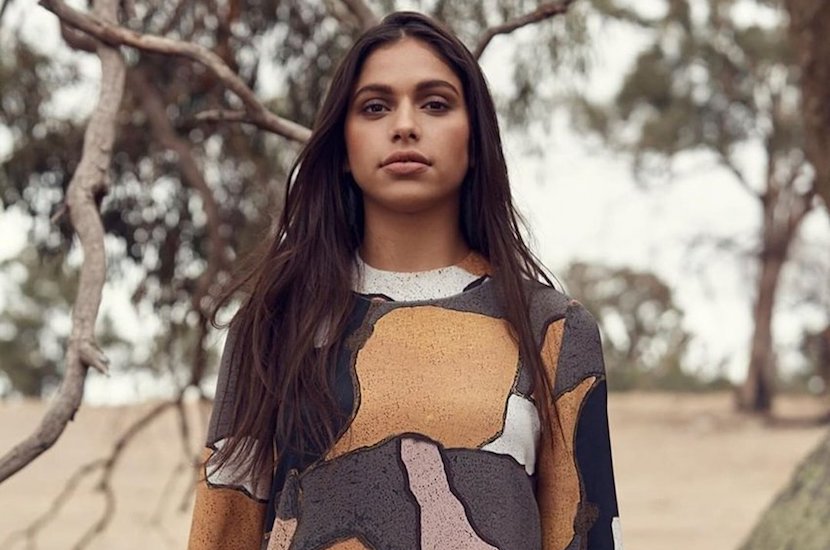
“I hope that we build a robust local manufacturing industry that is cost-effective enough to allow us to compete on a global level. It would also allow for more just in time manufacturing that would address wasteful excessive fashion landfill.
“The cost of local manufacturing will remain a barrier. I expect most if not all brands would have a preference for manufacturing here as there are so many benefits to be had. However, the commercial element is just as critical to ensure the continuity of Australian fashion overall.
“There is so much more to do of course but there is definitely a movement that is gathering momentum for conscious purchasing, mostly led at this stage by consumers but certainly supported by the brands that are committed to a sustainable future. Pivoting towards more sustainable manufacturing practices will take time.
“However, it’s important that a sustainability strategy is planned and then implemented by brands. It may feel uncomfortable but out of this discomfort change for the better will result. It may also require some financial investment but I believe that investment will be returned as we move into the future as a growing number of consumers make conscious purchasing decisions.
Post Sole Studio

“I’d like to think things are going to change but it’s hard to know. I feel like I live in a little bubble surrounded by people who care so much and go above and beyond to do the right things and make the right changes but I’m not sure that is echoed around the country or across all walks of life. So while there will be changes and there have been changes I am sceptical about if this will become the norm and reach the masses.
“One thing I am passionate about and an area I think that needs more work is keeping our manufacturing industry onshore. It does exist but the resources and the skill level is so limited and, speaking only from a footwear perspective, on the decline. No one wants to go into manufacturing – everyone wants to be the designer and have someone else do the making. But without young people learning these skills they will just die out, and they are.
“For our soles, for example, we have one factory who employs one man who from what I understand is the only person in this country who knows how to make soles. His knowledge is invaluable but there is no one to pass it onto and it isn’t written down or in a manual. I do think people are more conscious of their buying behaviour, being more considered and curious and educated and I think this is a trend that is growing. At Post Sole, we have found a real spike in requests for previous season styles and leathers over the past few months as a more considered buy rather than a ‘seasonal buy’ which has been really interesting.
“I also think this current situation has had a bigger impact on some of the larger Australian brands that rely on offshore manufacturing because they are the ones who had manufacturing stop and shipments delayed which I think is going to make them really consider bringing some, if not all, their manufacturing onshore. You can’t have your whole business tied up internationally like that because things happen and the world shuts down and you have no control and nothing to sell!”


